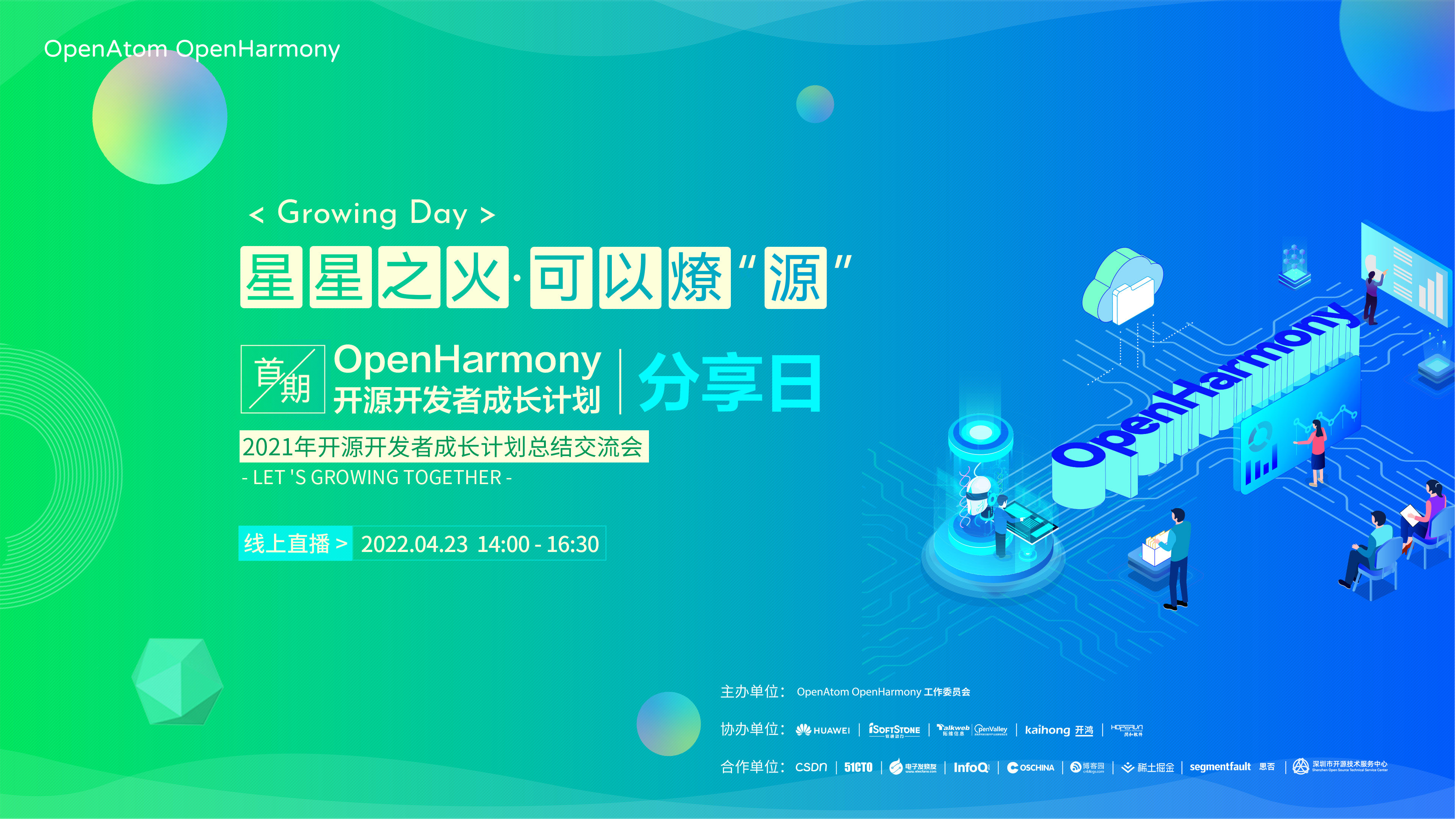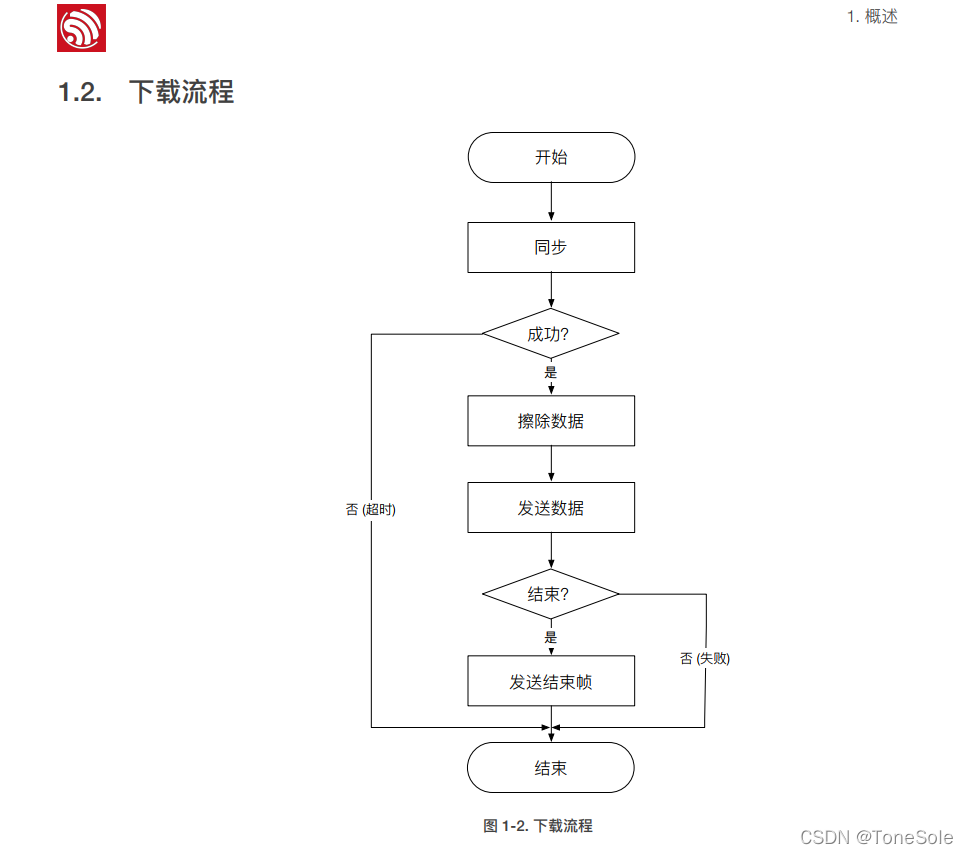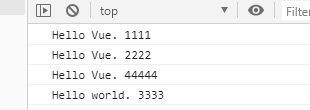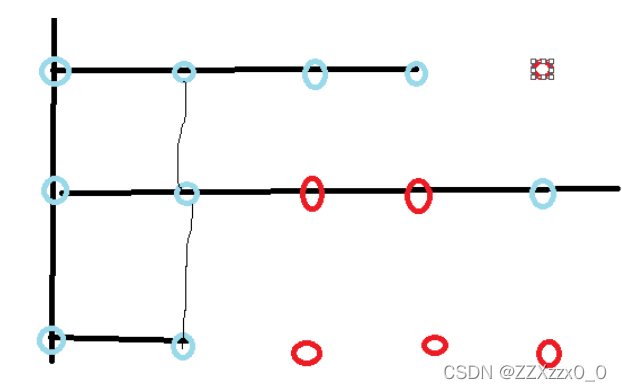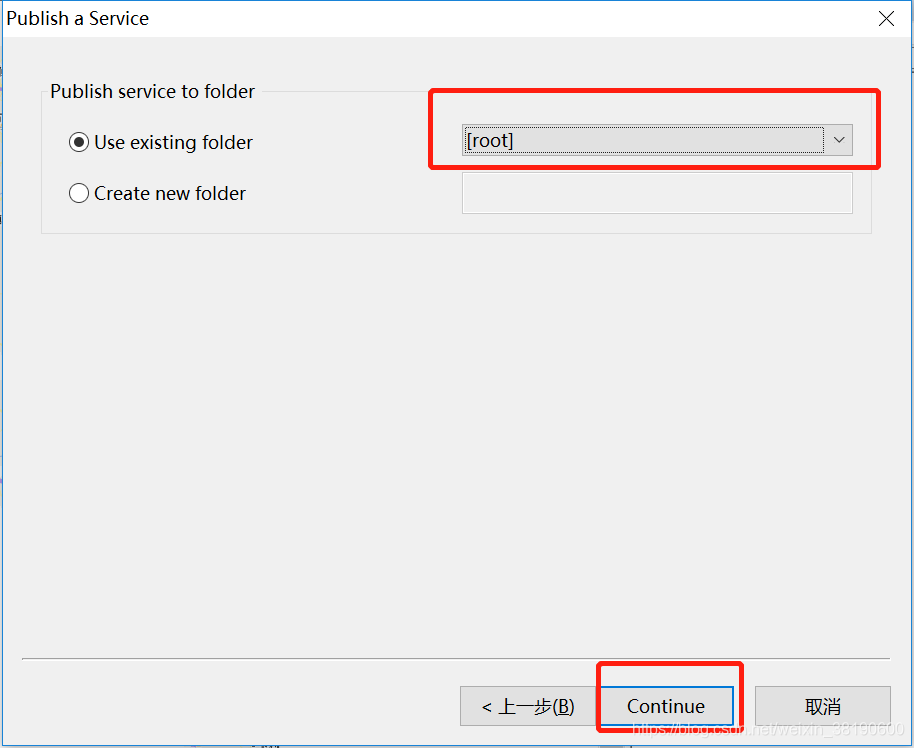One sentence per day
When people come to love, love turns thin , Now it's really not affectionate .
One sentence per day
The frog in the well knows nothing of the great ocean.
able only to see the little patch of sky above , I don't know the sea .
JVM Class loading phase of
JVM Class loading is divided into five stages :
1. load : Read into memory by virtual machine
2. verification : verification Class Whether the data of byte stream complies with JVM The provisions of the
3. Get ready : Officially a class variable ( Static variables ) Allocate memory and set initial values , Not the value set in the code
4. analysis : Resolve the symbolic reference in constant pool to direct reference
5. initialization : Actually execute the... Defined in the class java Code
load
finger JVM Read class file , And according to Class File description creation java.lang.Class Object procedure .
The class loading process mainly includes the following steps Class The file is read into the method area of the runtime area , Create... In the heap java.lang.Class object , And encapsulates the data structure of the class in the method area .
In the reading Class Files can be read in the form of files , It can also be done through jar package 、war Package read , It can also be generated automatically by proxy Class Or other ways to read
verification
It is mainly used to ensure that Class The file meets the requirements of the current virtual machine , Protect the security of the virtual machine itself , Only those that have been verified CLass Documents can only be JVM load
Get ready
The main work is to allocate memory space for class variables in method area and set initial values of variables in class .
Initial values refer to the default values for different data types , Here we need to pay attention to final Variables of type and not final The data initialization process for variables of type is different in the preparation phase
For example, a member variable is defined as follows :
public static long value = 1000;
In the above code , Static variables value The initial value in the preparation phase is 0, take value Set to 1000 This is done when the object is initialized , because JVM In the compilation phase, the initialization of static variables is defined in the constructor .
public static final int value = 1000;
be JVM After the compile phase, it will be final Variable of type value Generate its corresponding ConstantValue attribute , The virtual machine will be based on ConstantValue Property will be value The assignment is 1000.
summary : Static variables will be given initial values twice , Assign zero value in the preparation stage , Assign user setting value during initialization , and final The variable will be assigned at one time in the preparation stage
analysis
JVM The symbolic reference in the constant pool is replaced by a direct reference .
initialization
Mainly through the execution of class constructors <client> Method to initialize the class .
<client> The method is composed of the compiler automatically collecting static statements and variable assignment operations in the class in the compilation stage .JVM Regulations , Only in the parent class <client> After successful execution of the methods , A subclass of <client> Methods can be executed .
When there is neither static variable assignment nor static statement block in a class , The compiler does not generate for this class <client> Method .
In the following situations ,JVM Class initialization process will not be executed :
1. Constant values are stored in the constant pool of the class that uses the constant at compile time , The procedure does not need to call the class where the constant is located , therefore , The initialization of this constant class will not be triggered .
2. When a subclass refers to a static field of a parent class , Does not trigger subclass initialization , Only the initialization of the parent class will be triggered .
3. Defining an array of objects , The initialization of the parent class will not be triggered
4. Using the class name to get Class Object does not trigger class initialization
5. In the use of Class.forName When loading the specified class , Can pass initialize Parameter sets whether the class needs to be initialized
6. In the use of ClassLoader default loadClass Method does not trigger the initialization of the class when it loads the class .
Beautiful sentences
A lot of times , The dilemma of things , It's often because we've drilled our own horns , here , All you need to do is change .
Perfectionists can let go of obsession , Allow yourself to have the little confusion that ordinary people will make ; Working mothers can face reality , One can never achieve double percent of family and career ; Employees who take on too many tasks , You can try to reflect to your superiors , Seek resources or adjust goals …… these , These are changes that we should and can make .
As the saying goes : There have never been so-called miracles in the world , Fate is always in our own hands . Want to change your destiny , The most important thing is to change yourself . When you start to change yourself , A lot of things changed .
The next time , When trouble comes , You might as well try to find problems from yourself . Adjust the direction and rhythm of efforts , Learn to untie the mind , You'll find that : A lot of things , It's no big deal .
Interview questions
SpringMVC What's the use of frames ?
Spring Web MVC Framework provide ” Model - View - controller ”( Model-View-Controller ) Architecture and ready to use components , For developing flexible and loosely coupled Web Applications .
MVC Patterns help separate different aspects of an application , For example, input logic , Business logic and UI Logic , At the same time, it provides loose coupling among all these elements .
@RestController and @Controller What's the difference? ?
@RestController annotation , stay @Controller On the basis of , Added @ResponseBody annotation , It is more suitable for the current architecture of separation of front end and back end , Provide Restful API , Go back, for example JSON data format . Of course , What kind of data format to return , According to the client's "ACCEPT" Ask the head to decide .
SpringMVC working principle ?
1. The client sends the request to the front controller DispatcherServlet
2. DispatcherServlet Upon receipt of the request , call HandlerMapping Processor mapper , The request for handler
3. Processor mapper according to url Find the specific processor , Generate processor objects and processor interceptors ( Generate if any ) Return to DispatcherServlet
4. DispatcherServlet call HandlerAdapter Processor adapter
5. HandlerAdapter Called by the adapter Specific processor (Handler, Also called back end controller )
6. Handler Execution complete return ModelAndView
7. HandlerAdaper take Handler Execution results ModelAndView Return to DispatcherServlet
8. DispatcherServlet take ModelAndView Pass to ViewResolver view resolver To analyze
9. ViewResolver Return details after parsing View
10. DispatcherServlet Yes view Conduct Render view ( Fill model data into view )
11. DispatcherServlet Responding to users
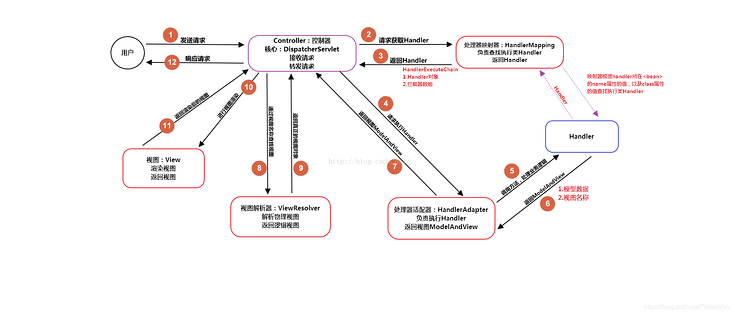
Hello , I am a yltrcc, Daily sharing technology drops , Welcome to follow me : ylcoder
![[报告] Microsoft :Application of deep learning methods in speech enhancement](/img/c1/7bffbcecababf8dabf86bd34ab1809.png)
